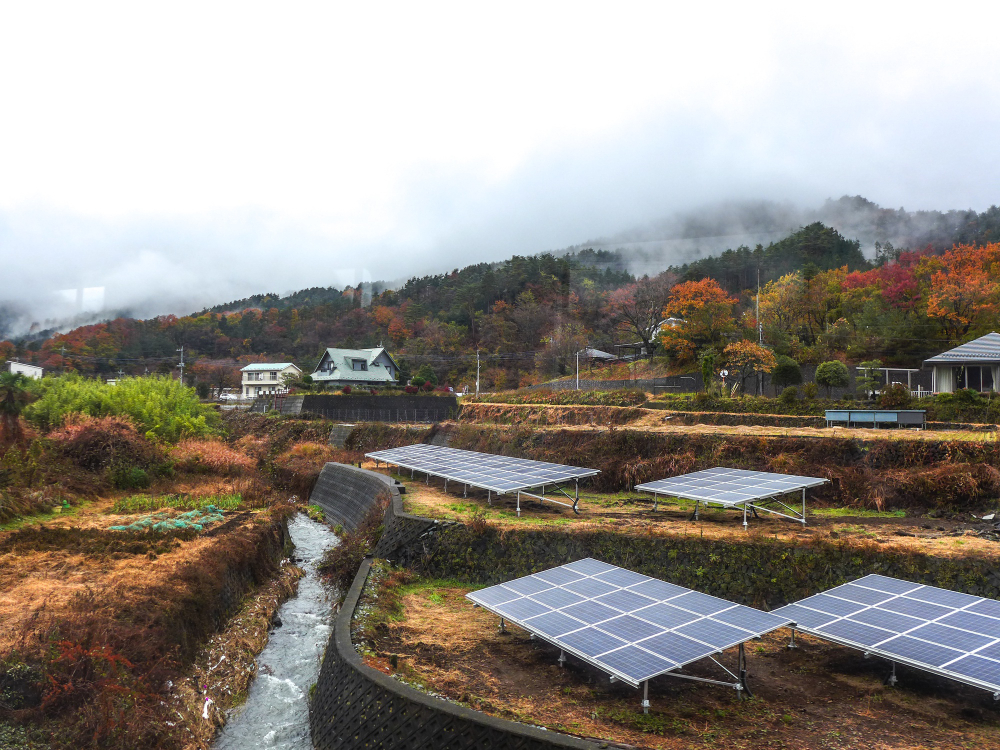As cities around the world continue to grow, the push for sustainable urban development becomes increasingly important. With the challenges of climate change and resource depletion, finding effective ways to reduce our environmental impact is crucial. One of the most promising solutions for achieving sustainability in urban areas is solar energy. In this blog, we’ll explore what is the The Role of Solar Energy in sustainable urban development and how it can transform cities into greener, more energy-efficient places.
- Reducing Carbon Footprint
Another advantage of solar energy in the process of urbanization is the reduction of the carbon footprint of cities. Fossil fuels like coal and natural gas are known to emit high levels of greenhouse gases that cause global warming. Solar energy, however, is a clean and renewable source of energy that is used to produce electricity without polluting the environment. The incorporation of solar power in the urban setting means that cities will be able to reduce the use of fossil fuels and hence reduce the emission of greenhouse gases.
- Lowering Energy Costs
Solar energy can also assist in cutting down the energy bills for the people living in urban areas as well as the business people. Solar power is also cost effective especially when solar panels are placed on rooftops and other strategic places. Over the years, the cost of solar panels has reduced due to the improvement in the technology and this makes it possible for the urban areas to adopt it. Through the use of solar energy, cities can offer cheap energy solutions to the people thus enhancing economic viability and quality of life.
- Enhancing Energy Security
Energy security is an important factor in urban regions since the interruption of power supply affects many people. Solar energy improves energy security since it is a reliable and distributed source of power. Solar panels can be installed on different structures and this makes cities to have a distributed energy system that is not prone to blackouts. Furthermore, solar energy systems can be integrated with energy storage technologies like batteries in order to guarantee power supply during periods of low light.
- Promoting Green Building Practices
Solar energy is one of the most important elements of green building and sustainable architecture. Most of the new buildings in urban areas are installing solar panels in their construction to conform to green building codes and gain accreditation. Solar power systems can be incorporated into building envelopes, roofs, and even shading devices. This not only makes buildings more efficient in their use of energy but also assists in the sustainability of cities. Solar energy systems in green buildings can act as a reference for other structures to be developed in the future.
- Improving Urban Air Quality
Traffic and industrial emissions are some of the leading causes of air pollution in many cities, which may cause diseases. Solar power can also help enhance the quality of air in urban areas since it is an effective way of cutting down on the use of fossil fuels. Solar energy systems are clean energy systems since they do not emit any gases to the atmosphere unlike the conventional energy sources. With the increase in the use of solar energy in cities, the quality of air is likely to improve hence improving the quality of life of the people.
- Supporting Sustainable Transportation
Solar energy can also be used in the provision of sustainable transport within the urban areas. Solar technology can be applied in transportation infrastructure through installation of solar streetlights, bus shelters, and charging stations for electric cars. In this way, the use of solar energy for these systems will help cities to decrease the reliance on grid electricity and increase the use of clean energy in transportation. This can result in a better and more efficient transport system in urban areas.
- Creating Green Spaces
Parks and other green areas within urban areas are crucial in improving the standard of living of people in urban areas. Solar energy can be used to power amenities in these spaces including lighting, irrigation systems and public facilities. Through installation of solar panels in green spaces, urban centers can develop sustainable and autonomous green spaces.
- Driving Economic Growth
Investing in solar energy can drive economic growth in urban areas by creating jobs and supporting local industries. The solar industry offers a range of employment opportunities, from manufacturing and installation to maintenance and research. As cities expand their use of solar power, they can stimulate economic activity and contribute to job creation. Additionally, the growth of the solar sector can attract investment and encourage innovation, further boosting the local economy.
- Building Resilient Cities
Finally, solar energy contributes to building resilient cities capable of adapting to future challenges. As urban areas face issues such as climate change, energy scarcity, and infrastructure stress, solar power provides a flexible and scalable solution. By integrating solar energy into urban planning and development, cities can enhance their resilience and readiness for a sustainable future.
Conclusion
Solar energy plays a pivotal role in sustainable urban development by reducing carbon emissions, lowering energy costs, and improving energy security. Its integration into green building practices, transportation systems, and green spaces enhances urban air quality and supports community engagement. With its potential to drive economic growth and build resilient cities, solar power is an essential component of a sustainable urban future. By embracing solar energy, cities can lead the way in creating greener, more energy-efficient, and livable environments for their residents.





